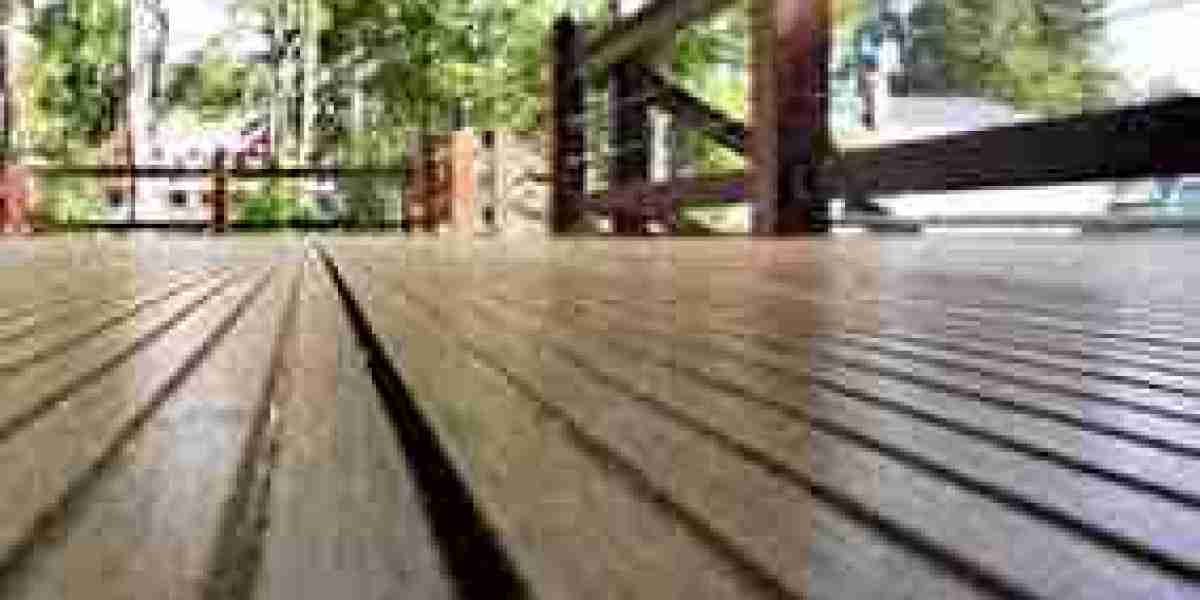However, the durability and safety of a deck heavily rely on its framing. This comprehensive Deck Framing Guide provides detailed steps and tips to ensure you build a strong and long-lasting structure.
What is Deck Framing?
Deck framing refers to the structural framework that supports the deck boards and other components. This framework, made up of posts, beams, and joists, is the backbone of your deck. A properly framed deck prevents issues like sagging, warping, or structural failure, ensuring safety and durability over time.
Step-by-Step Deck Framing Process
1. Plan Your Deck
Proper planning is essential for a successful deck project.
- Define the Purpose: Decide how you plan to use the deck—whether for entertaining, dining, lounging, or a combination of these.
- Size and Shape: Choose a size and shape that complements your outdoor space and meets your needs.
- Weight Capacity: Consider what you will place on the deck (furniture, hot tubs, or grills) to calculate the load it needs to support.
- Building Codes and Permits: Research local regulations and obtain any necessary permits to ensure your deck is compliant and safe.
2. Gather Tools and Materials
Having the right tools and materials is crucial for a smooth construction process.
Materials Needed:
- Pressure-treated lumber for resistance to rot and pests.
- Joist hangers, deck screws, bolts, and concrete for secure connections.
- Hardware such as brackets for extra stability.
Tools Required:
- A drill for fastening screws and bolts.
- A circular saw for cutting lumber.
- A tape measure for accurate dimensions.
- A spirit level to ensure even surfaces.
- Stakes and string to outline the deck layout.
3. Prepare the Site
Before construction, the site needs to be prepared properly:
- Clear the Area: Remove any plants, rocks, or debris from the site.
- Level the Ground: Ensure the area is level to avoid stability issues.
- Mark the Layout: Use stakes and string to outline the deck’s perimeter. Double-check the measurements to match your design.
4. Install Footings and Posts
The footings and posts provide the foundation for your deck.
- Dig Holes: Ensure the holes for the footings are below the frost line to prevent shifting during temperature changes.
- Pour Concrete: Fill the holes with concrete and insert brackets to hold the posts.
- Secure Posts: Attach the posts to the brackets and check they are vertically straight (plumb) using a level.
5. Attach Beams
The beams serve as the main horizontal supports for the deck.
- Position the Beams: Place the beams on top of the posts, ensuring they are aligned.
- Secure the Beams: Use brackets or bolts to fasten the beams to the posts. Tighten securely to prevent movement.
- Level the Beams: Double-check that the beams are level before proceeding.
6. Install Joists
Joists form the base for your deck framing guide and must be installed correctly for even support.
- Mark Spacing: Measure and mark joist spacing on the beams, typically 16 inches apart (center to center).
- Attach Joists: Secure the joists to the beams using joist hangers and screws.
- Add Blocking: Place short pieces of lumber (blocking) between joists to prevent twisting and provide extra stability.
7. Secure the Rim Joist
The rim joist ties the structure together and completes the frame.
- Align the Rim Joist: Position the rim joist at the edges of the frame.
- Fasten Securely: Attach it to the ends of the joists using screws or bolts.
- Recheck Measurements: Ensure the entire frame is square and level.
Additional Tips for Effective Deck Framing
- Use Pressure-Treated Wood: This type of wood resists moisture, insects, and decay, ensuring a longer-lasting deck.
- Double-Check Levels: Use a level frequently to ensure all components are even and aligned properly.
- Follow Local Building Codes: Adhere to regulations to ensure safety and avoid legal issues.
- Reinforce High-Traffic Areas: Add extra support in areas that will experience heavy use or weight.
Why Proper Deck Framing is Crucial
- Safety: A sturdy frame minimizes risks of collapse or structural failure.
- Durability: Proper framing ensures your deck can withstand weather, weight, and time.
- Functionality: A level and well-constructed frame provide a solid base for the deck surface, preventing warping or uneven boards.
Final Thoughts
Deck framing is the foundation of any deck-building project. By following this detailed Deck Framing Guide, you can ensure a strong, safe, and durable deck that will stand up to daily use and harsh weather conditions.
Whether you're a seasoned DIYer or hiring a contractor, understanding these steps will help you build a deck that enhances your home and provides years of enjoyment.




